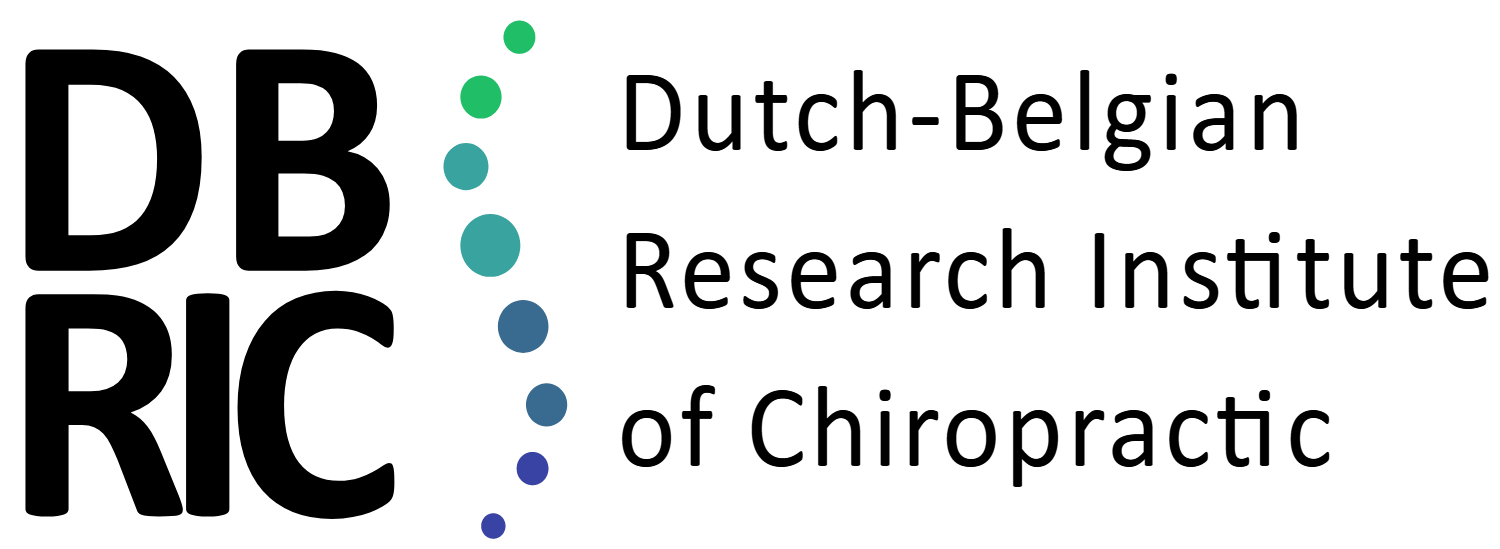My intention was to write a short blog every month, but wow, how time flies, doesn’t it?
In my last blog, I shared a link to the protocol we published for our DCE project. DCE stands for Discrete Choice Experiment, a research method that involves a specific type of survey. Over the past few months, we have been collaborating with a company to develop this survey, so I’d like to tell you a bit more about the process.
The first draft of the survey was created a year and a half ago to obtain ethical approval from the university’s medical ethical examination board. We included questions to determine participant eligibility, some socioeconomic questions, questions to assess their degree of back pain, and the DCE questions. The socioeconomic questions help us analyse whether factors like gender, age, or education influence the responses. Although we want participants to answer the DCE questions with a fictional scenario in mind, their real-life experience of back pain can still affect their answers. Therefore, we included questions to scale the degree of their back pain, such as the Quebec Back Pain Disability Scale.
The DCE questions included ‘attributes’, which are factors that influence the choice of treatment with SMT. These attributes were established through a literature review, interviews, and focus groups. Although it may seem excessively long to design a survey for over a year, these steps were crucial and ultimately shaped the survey as it is today.
Creating a survey involves a significant amount of coding. We decided to hire a company to handle the coding and dissemination, both of which typically require a lot of time and effort. We provided them with a detailed description of the questions, and they created the first draft. This draft then needed to be reviewed by the project team to ensure everything was coded as intended. Interestingly, we noticed some obvious mistakes that we had completely missed during our ten earlier meetings about the survey questions.
The second version we received from the company was tested by potential participants during ‘think aloud interviews’. This involved sitting with individuals as they filled out the survey, just as a participant would. During the interview, participants were asked to verbalize their thoughts, such as: “Wow, this is a long question, let me read that sentence again,” “This is a strange order, why is ‘no’ the middle option?” or “Phew, this is a long questionnaire.”
I conducted these ten interviews with people, varying in age, education levels, and fields of expertise, to ensure the survey was accessible and understandable for all potential participants. During this stage, we also still discovered numerous obvious mistakes, such as missing punctuation, capitalization errors, and English words in our Dutch survey. Even after multiple revisions, small mistakes continued to slip through our fingers.
After providing additional feedback to the company, we have now reached the point where the survey is ready for distribution. We are very excited that the survey we have been working on for years is finally ready to go out into the world.
In addition to distributing the survey, for me this spring will involve writing two articles that describe the establishment of the attributes for the DCE, taking another statistics
course, and attending two conferences where I will be presenting the project (at least at one conference, with the second pending).
Offer still stands: if anyone wants to be in contact to have more information about conducting research, don’t hesitate to reach out!
Warm regards,
Lobke De la Ruelle
l.p.delaruelle@vu.nl
X: @LobkeRuelle
